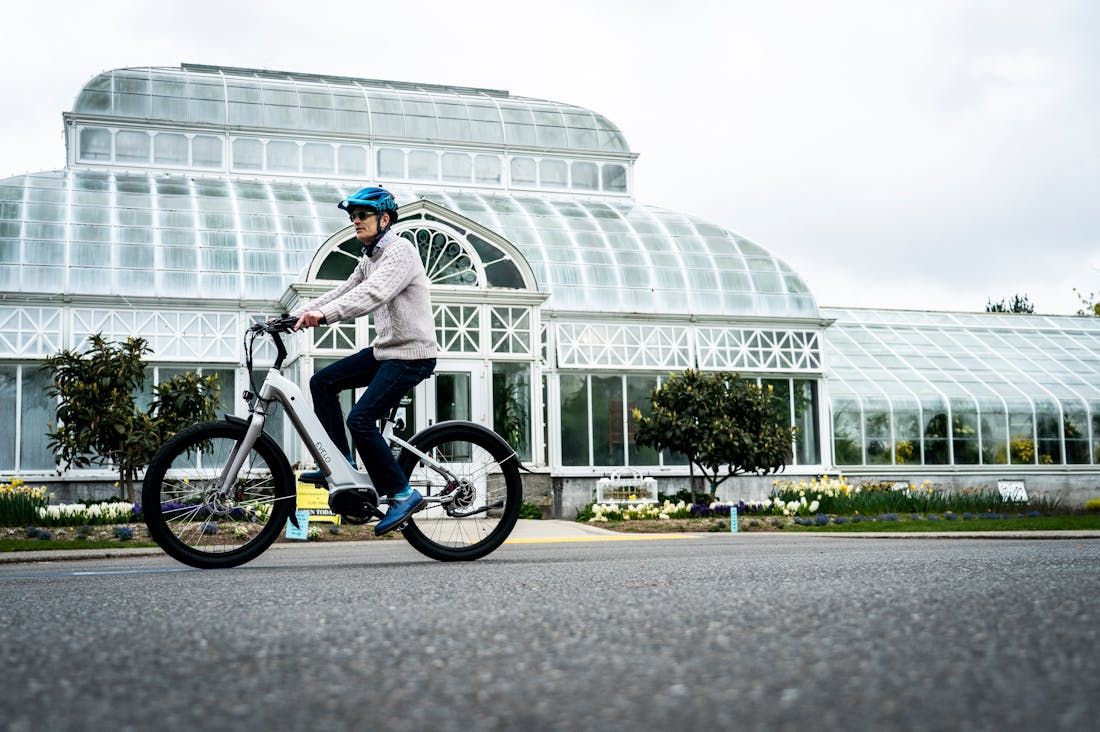As we stand on the cusp of a new era in transportation, technology is radically reshaping the way we travel. From autonomous vehicles to hyperloop systems, advancements are not only enhancing efficiency and safety but also redefining our relationship with mobility. This exploration delves into the innovations driving this transformation and their potential impact on our lives. Join us as we navigate the future of transportation, examining the tools and trends that promise to make travel smarter, greener, and more accessible than ever before.

The Role of AI in Modern Transportation
Artificial intelligence (AI) plays a transformative role in modern transportation, enhancing safety, efficiency, and user experience across various modes of transport. From smart traffic management systems that optimize signal patterns based on real-time traffic flow to autonomous vehicles that promise to reduce accidents caused by human error, AI is reshaping the landscape. Predictive analytics helps in route optimization for logistics and public transit, minimizing delays and fuel consumption. Additionally, AI-powered applications, like ride-sharing platforms, improve passenger convenience by providing seamless booking and navigation services. As technologies evolve, AI continues to pave the way for smarter, more sustainable transportation solutions, revolutionizing how we move.

Sustainable Travel: Electric Vehicles and Beyond
Sustainable travel has gained significant momentum in recent years, with electric vehicles (EVs) leading the charge towards greener transportation options. As concerns over climate change escalate, travelers are increasingly seeking eco-friendly alternatives that minimize their carbon footprint. Electric vehicles, with their low emissions and decreasing reliance on fossil fuels, represent a major innovation in sustainable travel. Beyond EVs, the sustainable travel movement encompasses a range of initiatives, including the use of public transport, cycling, and walking, which promote local economies and reduce environmental impact. Furthermore, destinations are investing in infrastructure to support sustainable travel, such as charging stations for electric vehicles and improved pedestrian pathways, fostering a culture of responsible tourism that benefits both travelers and the planet. Together, these efforts contribute to a future where exploring the world is harmonious with the health of our environment.

How Connectivity is Shaping Travel Experiences
In today’s digital age, connectivity is revolutionizing travel experiences in profound ways. From smartphones to smart devices, travelers are now equipped with a plethora of tools that enhance their journeys. Real-time access to information allows for spontaneous decisions, whether it’s finding nearby attractions, booking last-minute accommodations, or navigating public transport. Social media platforms enable travelers to share experiences instantly, inspiring others and creating a dynamic community of explorers. Additionally, connectivity facilitates seamless communication, bridging language barriers through translation apps and connecting travelers with locals for authentic experiences. Ultimately, connectivity transforms travel from mere exploration into a personalized, informed adventure.
The Role of Smart Cities in Transportation Innovation
Smart cities represent a significant leap forward in integrating technology with urban planning. These cities leverage data and connectivity to optimize transportation systems, making them more efficient and user-friendly. By incorporating sensors and IoT devices, smart city infrastructures can monitor traffic patterns, enhancing the flow of vehicles and reducing congestion. Furthermore, smart public transportation systems provide real-time updates, helping commuters make informed decisions about their routes. This interconnected approach not only improves the overall travel experience but also promotes sustainable urban development by minimizing environmental impact and enhancing the quality of life for residents.
The Future of Drone Delivery Services
Drone delivery services are emerging as a groundbreaking innovation in the logistics sector, transforming how goods are transported. By utilizing unmanned aerial vehicles, companies can provide rapid delivery options that bypass traditional transportation hurdles such as traffic congestion and lengthy shipping times. This technology is particularly beneficial for remote areas, where conventional delivery methods may be inefficient. As regulations evolve and technology advances, we can anticipate a future where drones seamlessly integrate into everyday life, offering not only convenience but also reducing the carbon footprint associated with conventional delivery vehicles. The potential for drone delivery extends beyond mere packages, envisioning medical supplies and emergency resources reaching those in need with unprecedented speed.
Public Transport's Evolution in the Age of Technology
Public transport systems are undergoing a significant transformation, driven by technological advancements that enhance user experience and operational efficiency. Mobile applications now allow users to plan journeys, purchase tickets, and receive real-time updates about service changes or delays. Innovations such as contactless payments and smart cards streamline the boarding process, reducing wait times and improving overall satisfaction. Additionally, data analytics plays a crucial role in optimizing routes and schedules based on usage patterns, ensuring that public transport remains a viable option for commuters. This digital evolution not only promotes public transport usage but also aligns with sustainability goals by reducing reliance on personal vehicles and lowering carbon emissions.
Personalized Travel Experiences Through Technology
As technology continues to advance, the concept of personalized travel experiences is becoming a reality. Through data collection and analysis, travel companies can offer tailored recommendations that align with individual preferences and past behaviors. For instance, AI algorithms can suggest destinations, activities, and accommodations based on a traveler's interests or previous trips. Virtual reality (VR) is also emerging as a tool for pre-trip planning, allowing travelers to explore destinations before making decisions. This level of personalization enhances customer satisfaction and fosters a deeper connection between travelers and their experiences, making every journey uniquely memorable and aligned with personal aspirations.